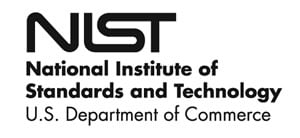RSS feed source: US Energy Information Administration
In-brief analysis
August 5, 2025
Data source: U.S. Energy Information Administration, Form EIA-930, Hourly and Daily Balancing Authority Operations Report
Electricity demand in the Lower 48 states exceeded previous peaks on two days in the last week of July.
Hot weather, which increases electricity demand for cooling, combined with an underlying trend of demand increases, pushed coincident peak demand for the Lower 48 states to a high of 758,053 megawatts (MW) on July 28 between 6:00 p.m. and 7:00 p.m. eastern time, according to the preliminary data in our Hourly Electric Grid Monitor. The next day, peak demand set another record, reaching 759,180 MW, 1.9% more than the record set on July 15, 2024 of 745,020 MW.
We forecast U.S. electricity demand fulfilled by the electric power sector will grow at an annual rate of
Click this link to continue reading the article on the source website.


